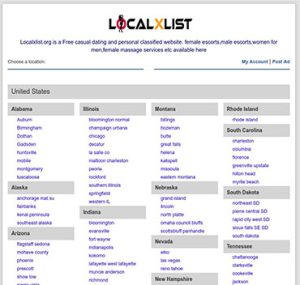Mediolanum, the ancient name of modern-day Milan, was a thriving center of commerce, culture, and military strategy in the Roman Empire. Founded by the Insubres and later conquered by the Romans in 222 BCE, Mediolanum grew to become one of the most important cities of Northern Italy. Its rich history is reflected in its customs, food, and social life, including an early form of nightlife.
Daily Life and Social Structure
Mediolanum was a bustling metropolis, home to merchants, artisans, and Roman aristocrats. The city’s layout included impressive forums, temples, bathhouses, and an amphitheater where public spectacles entertained the masses. Roman customs heavily influenced daily life, with a structured class system that dictated social interactions.
Wealthy citizens lived in luxurious domus, adorned with mosaics and frescoes, while the lower classes resided in insulae, multi-story apartment buildings. The elite enjoyed a refined lifestyle, with elaborate banquets and cultural events, while the common folk participated in public festivals and communal gatherings.
Cuisine and Culinary Traditions
The food culture in Mediolanum was shaped by Roman culinary traditions, incorporating local ingredients from the fertile plains of Lombardy. Some staple foods included:
- Puls – A porridge made from spelt or barley, commonly eaten by both rich and poor.
- Panis – Various types of bread were consumed daily, sometimes seasoned with honey or herbs.
- Meat and Fish – Beef, pork, and game were popular among the elite, while fish from the nearby rivers was a common dish.
- Wine and Cheese – Wine was an essential part of Roman meals, often diluted with water, and cheese was a staple product from the region.
- Exotic Delicacies – The wealthiest citizens enjoyed imported foods like dates, figs, and spices from the eastern provinces.
Markets and street vendors offered fresh produce, cooked meals, and baked goods, making food an integral part of social interactions.
Entertainment and Nightlife
While nightlife in Mediolanum was not as extravagant as in Rome, the city still had a vibrant social scene.
- Bathhouses (Thermae) – These were social hubs where people relaxed, exercised, and discussed politics.
- Taverns and Popinae – These establishments served wine, simple meals, and were places for gambling and conversation, with escort Milano.
- Theater and Amphitheater – Theaters hosted plays and musical performances, while the amphitheater was the site of gladiatorial combats and wild animal fights.
- Festivals and Religious Gatherings – The city celebrated Roman festivals such as Saturnalia, featuring feasts, music, and dancing that extended into the night.
- Private Banquets – Wealthy households often held lavish dinner parties with entertainment provided by musicians, dancers, and poets.
Legacy of Ancient Mediolanum
The traditions of ancient Mediolanum have left a lasting influence on Milan’s cultural identity. The city’s historical roots are still evident in its love for gastronomy, vibrant social life, and artistic heritage. Today, Milan continues to be a center of innovation and tradition, blending its Roman past with modern elegance.







